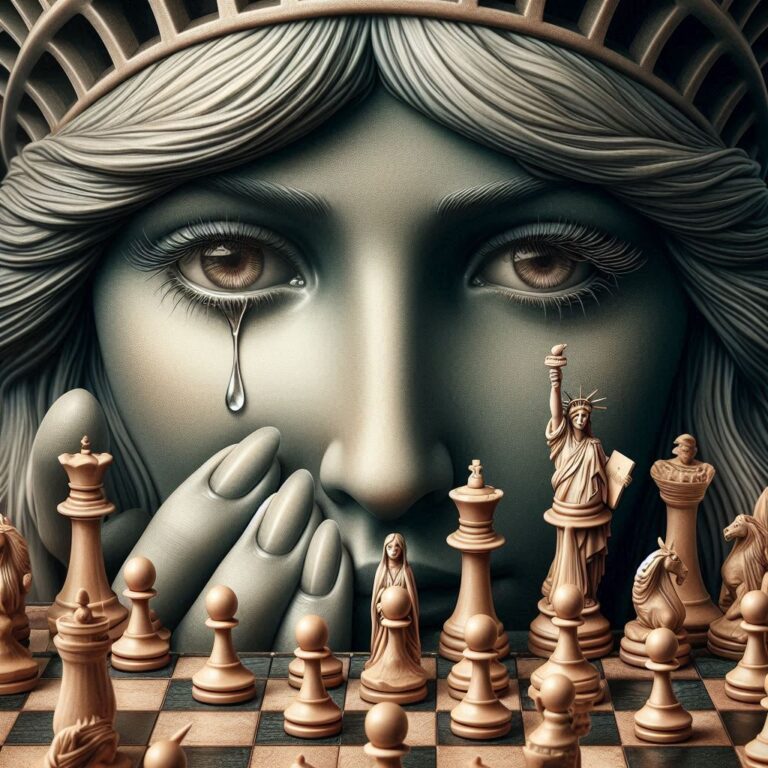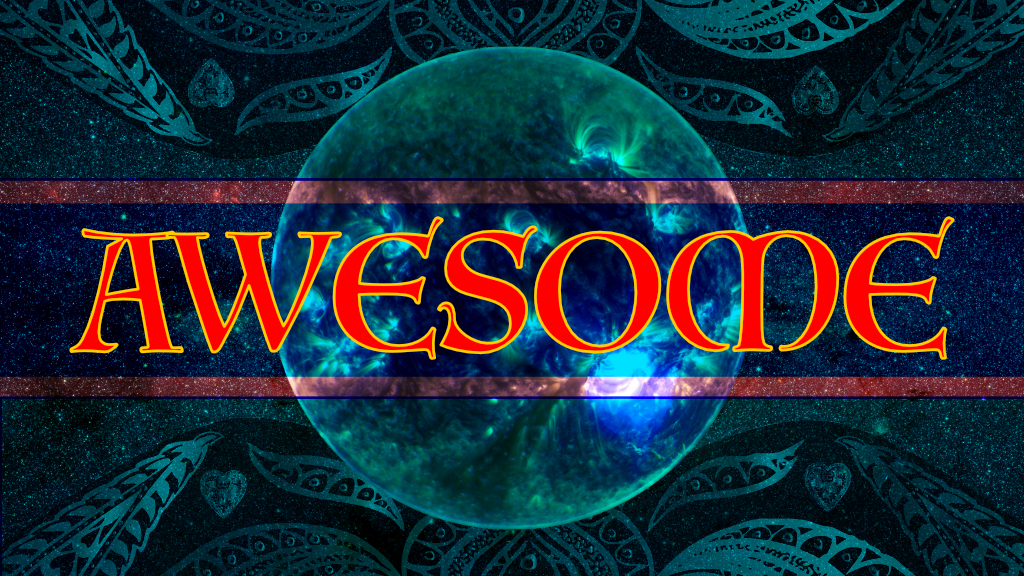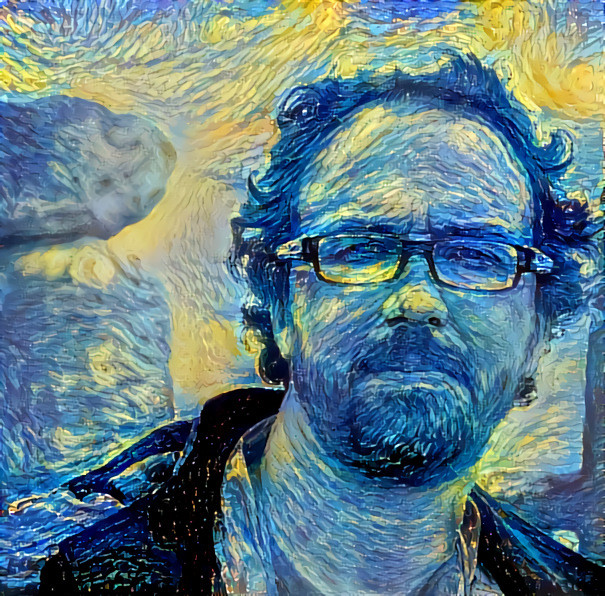Oh, the great gnashing of teeth! How can so many Americans favor this felon, low-rent authoritarian, swindler, sexual predator, and singularly unfit former president over Kamala Harris? And also push the House and Senate into red dominance? The analyses run the gamut, from late outreach to young men, the effective use of podcasts, ineffective Democratic messaging, a postmodern normalization of sexism and racism, and the lingering impact of inflation captured by the new phrase, “the lived economy,” which is a way of side-stepping actual economic indicators and focusing on individual anecdotes for reading-out unease.
But perhaps the most interesting to me is the suggestion that there are two abstractions that contemporary “conservatives” have recently excelled at (adding in scare quotes to give the RINOs and Never Trumpers a way to gnash their cheeks): aesthetics and archetypes. Brand differentiation and identification is critical for low information voters, and the archetypes and surrounding aesthetics serve as proxies for a vision of who should be a ruler and why. Democrats are too focussed on dry little policy ideas like increasing childcare options or improving housing affordability. The MAGA Republican has Tradwives, podcast bros, and gun gurus.
In 2003 I developed a social media platform called Planktown that I thought radically improved upon the kinds of political discussions, arguments, and trolling that I saw in the comment sections of online newspapers and other platforms. In Planktown, you would create a page for yourself or your party or coalition, etc. and then drag and drop interests and policy points to populate your page. You could link to news stories, other pages, and the whole system would be monetized through advertising and paid subscriptions for pros and campaigns that could get additional analytic tools.… Read the rest


